
Google 'Monotune' is goddamn good metaphor marketing
Great advertising strikes a chord, in this instance quite literally, with consumers. The best compares the primary product to another, effectively evoking emotional connection. Apple's "1984" commercial and "Get a Mac" series are excellent examples. In the former, the IBM PC is portrayed as Big Brother, while in the latter actors represent Mac and PC—the benefits of one and detriments of the other. Both examples use metaphors to simplify complex comparisons and to make lasting impressions rather than to checklist features.
Google spot "Monotune" is a magnificent metaphor—piano of 88 different keys representing Android set against another, portraying iPhone, where all the notes are the same. Music is memorable, and the comparison striking as much for the under current. Apple's brand often is associated with music and also creative individuals.
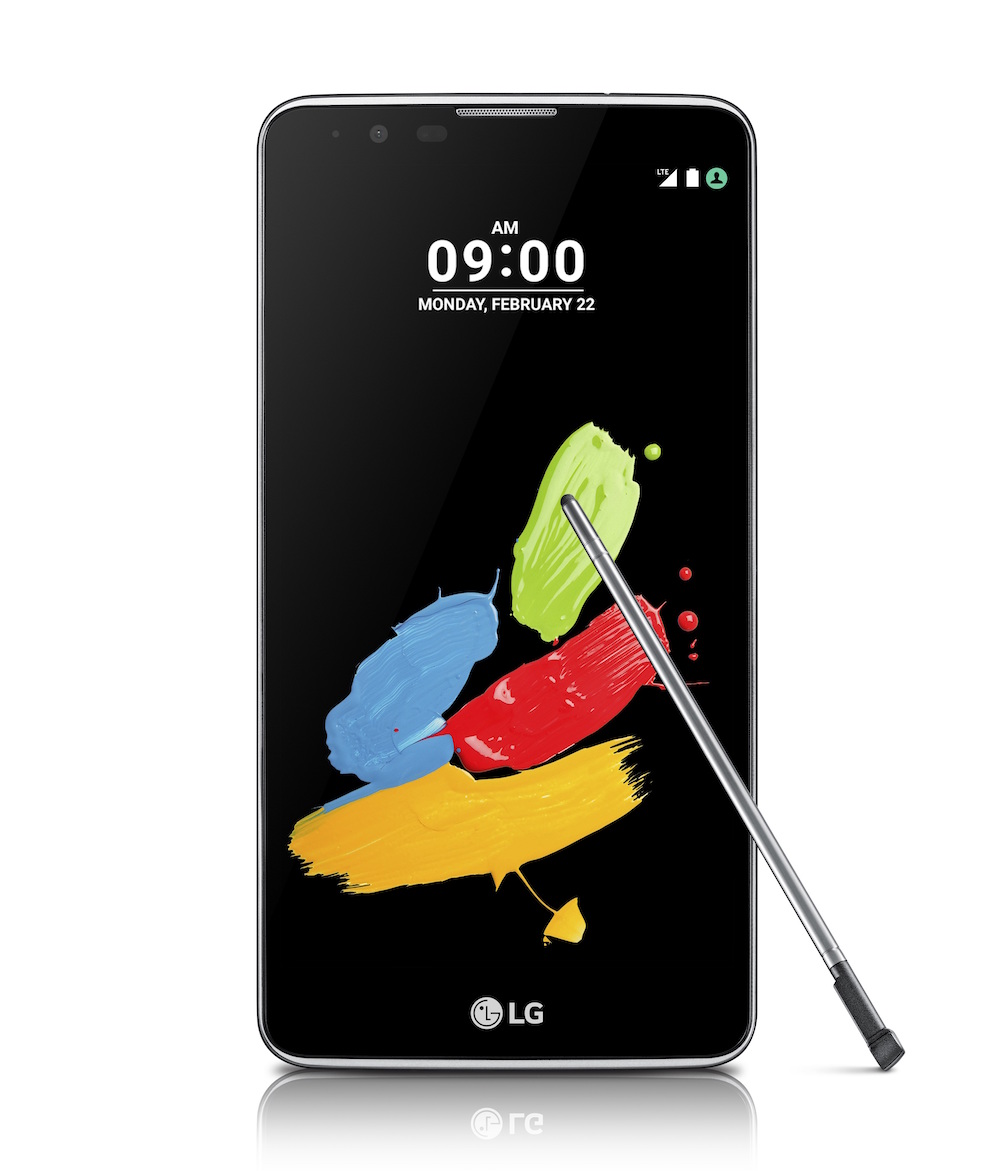
LG unveils new stylus-toting phablet
LG likes to do things differently when it comes to product announcements, revealing some things ahead of the big unveiling. Case in point are the Quick Cover accessory and Active Display technology for its upcoming G5, which were presented ahead of the new flagship. But with its new Stylus 2, I think it has taken things a bit too far.
LG says that Stylus 2 will be unveiled at MWC 2016, which takes place later this week in Barcelona. But, considering that it has officially announced virtually everything we may want to know about this new phablet and even posted presentation photos, I wonder exactly what will be left for it to "unveil".

What you need to know about biometric security
Generally speaking, biometrics refers to the measure or statistical analysis of a person’s physical or biological characteristics. However, increasingly the term is being defined more narrowly, at least in a business context, to refer to biometric security.
Although passwords can be guessed and network vulnerabilities exploited, overcoming biometric security protocols is significantly more challenging. For example, how would a cybercriminal go about duplicating a fingerprint or an iris scan? As a result, the unique aspects that make up our physical features are increasingly being utilized for authentication methods by businesses all over the world.
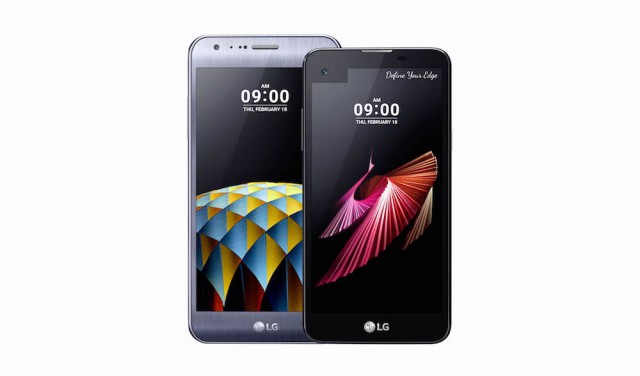
LG lets you choose a flagship feature with X series smartphones
Two of the features that consumers get by opting for a flagship smartphone, as opposed to a mid-range or low-end device, are a nicer display and a better camera. Typically, if you are looking for a lesser (and less expensive) handset you will have to settle for less. Manufacturers have to sell those premium devices somehow, right?
But, with its new X series smartphones, LG is challenging the status quo by giving prospective buyers the option to get a flagship-worthy camera or display. It is an interesting strategy, but how is it implemented?
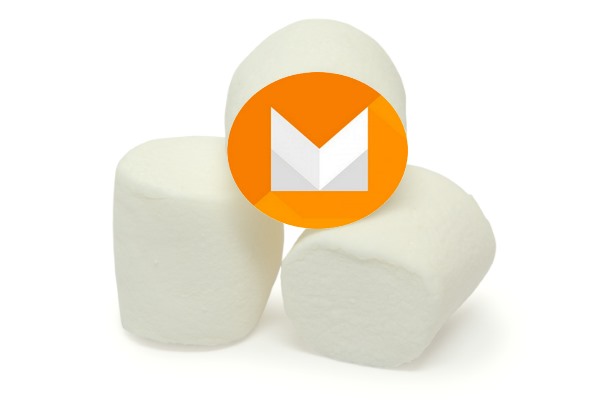
Samsung starts rolling out Android 6.0 Marshmallow for Galaxy S6
Android 6.0 Marshmallow has reached only a small number of Android users since its debut in early-October of last year. Google's latest numbers place it at just 1.2 percent distribution share. Aside from a limited number of handsets that arrive with Marshmallow on board, the other reason why Android 6.0 has such a small reach is the fact that upgrades are only available for very few popular handsets.
Samsung is now changing that, as today it announces that the much-awaited Android 6.0 Marshmallow update has finally started to roll out, with its Galaxy S6 and Galaxy S6 edge flagships being the first devices to get it.

Mazar Bot malware can root and wipe Android smartphones
Security experts are warning about a new malware attack that targets Android users. Mazar Bot is delivered via SMS, is able to gain root access to devices, installs software including Tor, and can even go as far as completely wiping a victim's phone.
Mazar Bot was discovered by Heimdal Security whose researchers analyzed a text message that had been found sent to random numbers. The message purports to provide a link to an MMS, but in fact tricks recipients to install the malicious mms.apk -- Mazar Android BOT in disguise.
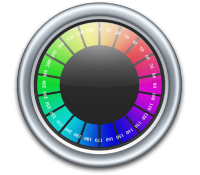
Image Color Analyzer tells all about picture palettes
Artists and photographers often need a clear understanding of the colors used in an image, but standard photo editor tools like the histogram do little to help.
Image Color Analyzer is a free Android app designed to deliver a clearer view of an image palette.

Microsoft is slowly conquering Android
Microsoft may not have a strong presence in the smartphone market as a vendor, but the software giant is trying to make a splash in a different way, by partnering with other players to make its mobile apps available on as many devices as possible. And it stands a very good chance of making serious inroads.
Microsoft has so far teamed up with 74 companies, in 25 countries, to ship its apps on their Android smartphones and tablets. The latest major player to partner with Microsoft is Acer, which will preload some of the software giant's most-prominent Android apps.
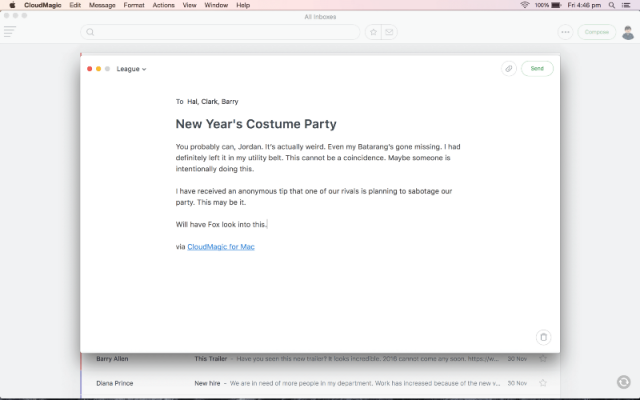
CloudMagic is a great cross-platform email app [Review]
Finding an email app that I can enjoy using has proven to be quite a challenge. I want an app that is available on multiple platforms, that works on smartphones, tablets and PCs equally well. I also want it to support all my favorite email services, and make it easy for me to sort all my messages quickly. Sounds simple, right?
Those are not outrageous requirements, yet, until recently, the only app that came close was Outlook. However, it is far from perfect, as it lacks an OS X version -- which forces me to either use a different app on my Mac or turn to the browser -- and it also has some usability issues, depending on the platform or the provider I am using. I said until recently because I now find CloudMagic to be a superior option.
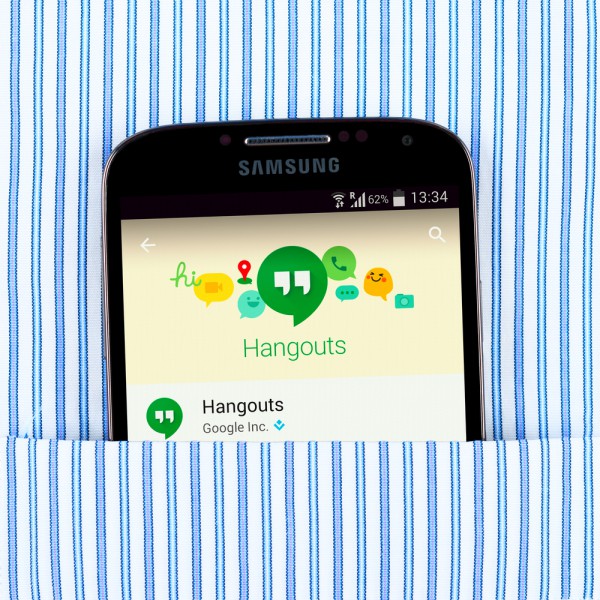
Google enables peer-to-peer support in Hangouts to improve call quality
Call quality and speed issues often make it difficult for users to fully embrace video and audio calling over the internet. To help solve this, Google has updated its video and audio communications service Hangouts by allowing peer to peer (P2P) connections for some users.
By incorporating this functionality into the back-end of its service the company expects call quality and the overall experience of its users to improve.
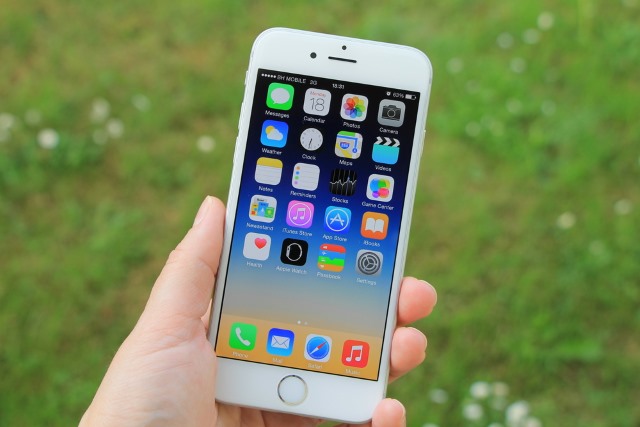
Installing apps at the weekend? You're probably using iOS
Companies looking to market to mobile users rely on being able to reach users at the times and places when they're most receptive.
A new report from mobile advertising company AppsFlyer looks at the behavior of app users and how it differs between operating systems and around the world.

LG will reveal G5 flagship on February 21
Samsung is not the only major Android vendor that will showcase a new flagship smartphone on February 21. Rival LG has just announced that it will take the wraps off the G4's successor on the same day.
Unlike Samsung, which has not officially said exactly what products it will unveil (although it is quite clear that Galaxy S7 is one of them), LG is taking a direct approach, flat out announcing that it will reveal G5.

Android adblocker apps blocked by Google
Well that was... brief. Just days after Samsung released an update that allowed for adblocking software to be installed on its handsets, Google has put its foot down. The company has already started to pull adblocking apps from Google Play.
Being so reliant on advertising revenue, it's understandable that Google might take a dim view of anything that stops the cash rolling in. Nonetheless, a move to block apps that have already proved incredibly popular has raised the ire of developers and users alike.

Google Maps helps Android users celebrate NFL Super Bowl 50: Newton vs. Manning
Watching the Super Bowl is easy. Sit down, turn on your TV, and you are good to go. With that said, properly experiencing the big game is something else. For maximum fun, it is a good idea to watch it with other people while eating delicious snacks.
If you are an Android user and not sure where to watch Super Bowl 50, Google has you covered. Its Maps service will help you discover some awesome places to watch the game. If you don't have any friends to call upon, don't worry -- you can use this as an opportunity to make some.
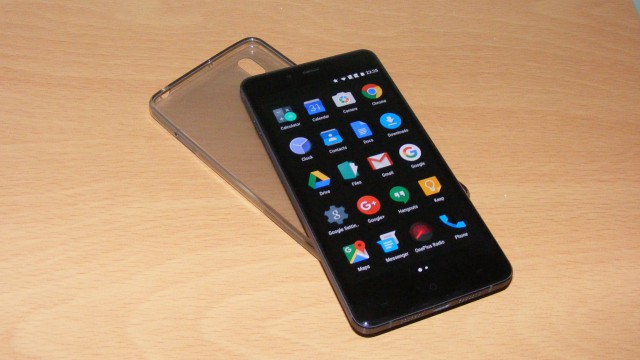
OnePlus X: Impressive mid-range smartphone [Review]
OnePlus may not be a name that springs instantly to mind when you think of smartphones, but it really should be. It is a Chinese company that is fast developing a reputation for turning out quality handsets at something of a bargain price.
The company's latest OnePlus X model starts at around £200 which is only about £40 below the price of its flagship, the better specified OnePlus 2 model, so does it live up to the company’s claims that this is an affordable phone with premium features?
